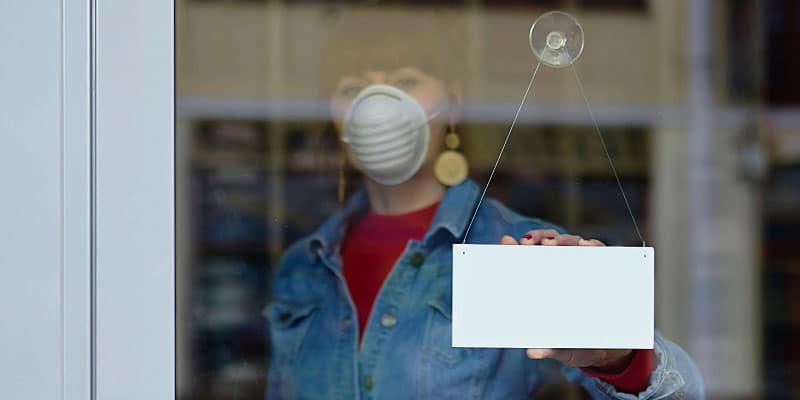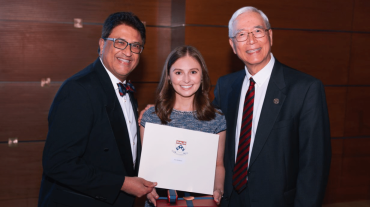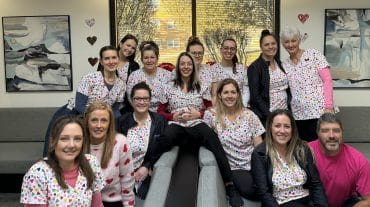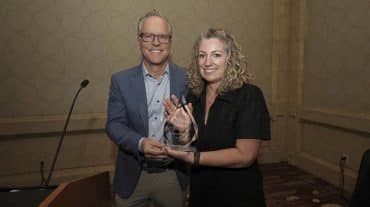
Author: Paul Helpard, CEO, Corus Orthodontists
Put your mask on and Buckle Up
The world we knew has been disrupted. Thankfully, we have the good fortune of living in a time of mass communication, advanced health care and a stable food chain. Our public health authorities and governments have been adapting day-by-day and sometimes hour-by-hour to keep us safe and financially stable as we weather this storm.
How long is COVID-19 going to last?
This is anyone’s guess. It seems that even the most experienced experts are still uncertain about the future. As time passes and data is analyzed, predictions will become more accurate. When it comes to our orthodontic practices, we are thinking of this crisis in three phases:
• Phase One: Practice closure.
• Phase Two: Resuming practice.
• Phase Three: ‘Next normal’ of practice.
At Corus, we remain optimistic, but are taking every precaution to ensure we are prepared for what comes our way next. With this in mind, we put the talents of our partner doctors, team members and leadership to work on formulating plans and managing all phases of this crisis.
Here’s our approach:
Phase 1: COVID-19
Safety is our number one priority.
We realize the importance of our responsibility to society, patients, team members and ourselves. In reviewing the latest scientific data, the COVID-19 virus is transmitted between people through respiratory droplets and contact with infected inanimate objects (fomites). Airborne transmission is unlikely according the latest WHO communique (March 27, 2020).
It is highly recommended to take airborne precautions when aerosol-generating procedures are performed on our patients during this time and limit all care to utmost emergencies. Any care for COVID-19 positive patients will of course require strict adherence to health authority guidelines. In most jurisdictions patients can only physically be seen in the office for oral-facial trauma. Routine wire pokes and loose brackets are to be managed remotely with the help of parents and their home tools. If a patient does require an emergency office visit, we must refrain from any aerosol producing procedures such as handpiece usage. Personal Protective Equipment (PPE) is required for safety.
Communication is fundamental.
We are making every effort to ensure our patients understand that we are available to them. Phone calls, email blasts, website announcements and social medial posts are all considered important methods and can be done simultaneously with appropriate and thoughtful messaging. It’s wise to obtain more than one opinion on any outgoing material to ensure completeness and consistency of messaging.
We are also developing various materials to enable our staff to effectively communicate with our patients and answer questions they may have. Remote staff meetings serve to keep our teams close and aligned with our goals.
Paying particular attention to our referring dentists, specialists and orthodontic colleagues who are experiencing the anxiety and emotions that we are is another example of how we’re lending a hand and helping where it is possible.
Lifting up our communities and keeping people connected is our goal. All orthodontists are role models and influencers in their community who have the capability of spreading positivity and encouragement.
Team Members are supported.
Now more than ever our team members are looking for our leadership, security and support. Our initial approach at Corus is to financially support our team members to give them security as they navigate these uncertain times. Without having to worry about their finances, they are better able to help manage our patients and create our response and recovery plans. Going forward, we are monitoring government assistance programs and will adjust accordingly to ensure our team is supported financially over the coming weeks and months.
Remote Patient Care is at the centre of what we do.
Patients in active treatment require ongoing care, which is why we have turned to technology and “tele-orthodontics”. As a response to our new reality, the Corus group is developing efficient and easy-to-implement processes to allow for a sustainable solution. We are investing the time and effort so that the solution is applicable in all phases of this practice transition. We are testing our approach in multiple offices and look forward to reporting on the outcomes in the very near future.
Cash Conservation is critical.
The concept of financial stress testing is a foreign concept in orthodontics. Simply, it allows us to calculate the impact of a decreased cash flow on our business. This can then guide us on strategies to protect this cash flow and minimize expenditures. During these times, preservation of cash is critical. We are fortunate in orthodontics to have a recurring revenue in the form of monthly payment plans.
This generally accounts for 50% to 70% of our regular monthly revenue. During this crisis at a time of conservation for most people, we may find our patients requesting stop payments, deferral of payments or a decrease in monthly payments. We carefully handle these issues on a case by case basis and always accommodate our patients’ needs and situations.
Stress testing is being done weekly by updating the current data and assumptions. We are paying careful attention to eliminate all unnecessary spending and are constantly evaluating our financial details.
Leadership in a Crisis: All in!
This is the time to show our team members, patients and community that we are fully committed to them. While we may be at home with our families and staying safe, we have work to do! We aim to stay connected, kind and empathetic. Consistent communication is vital. We are always present for our teams, having a daily morning huddle and occasional afternoon happy hour by Zoom. Our goal is three-fold: be present, be kind and be prepared!
About the author:
Dr. Paul J. Helpard is the C.E.O. of Corus Orthodontists. Dr. Helpard believes in compassionate leadership and always putting patients first. He is a clinical orthodontist who is leading a positive change in the Specialty of Orthodontics.












